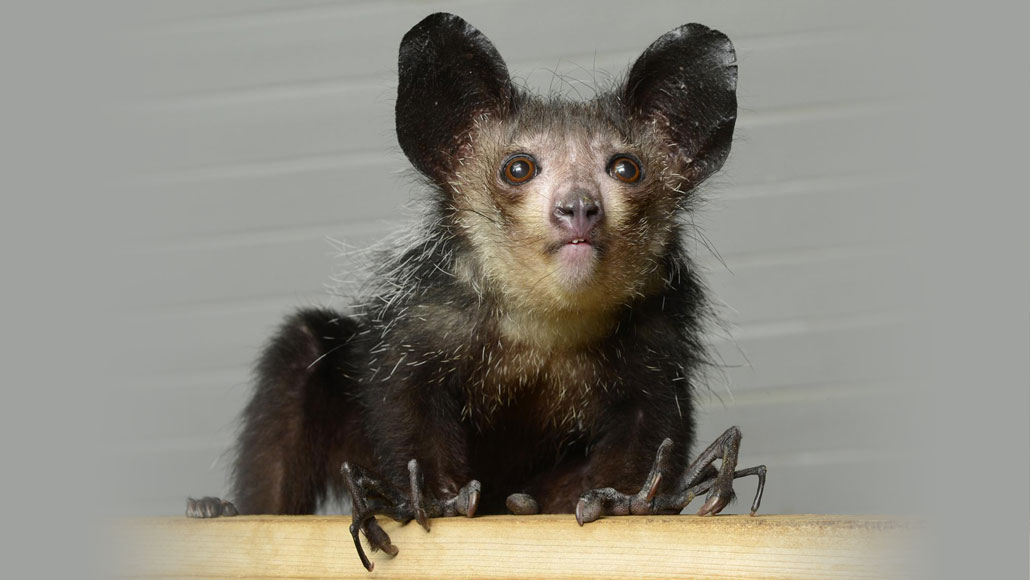Aye-ayes just got weirder with the discovery of a tiny, sixth ‘finger’
An extra digit, a pseudothumb, may help the primates grip objects

Aye-ayes’ long, slender fingers are highly specialized for a hunting technique called tap foraging. Now researchers have discovered the primates have a nubby sixth digit, too.
David Haring/Duke Lemur Center